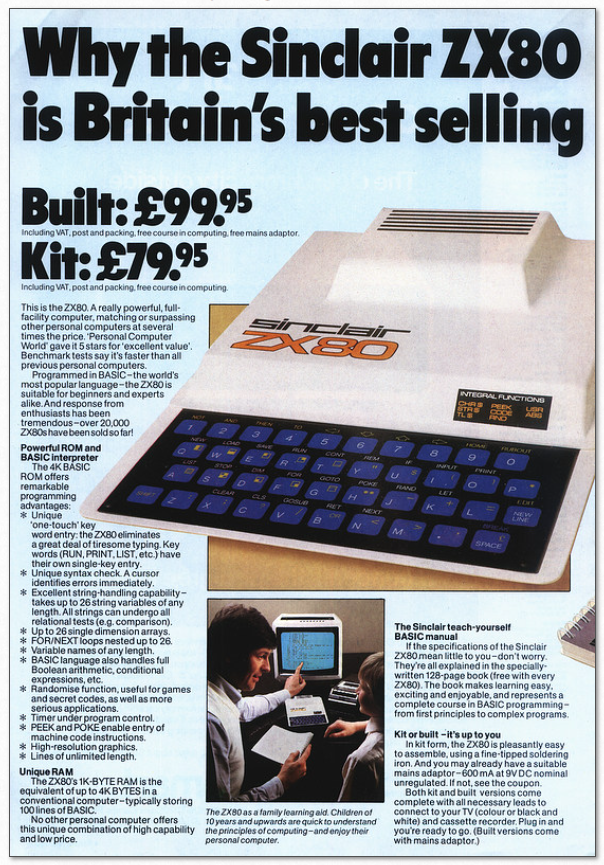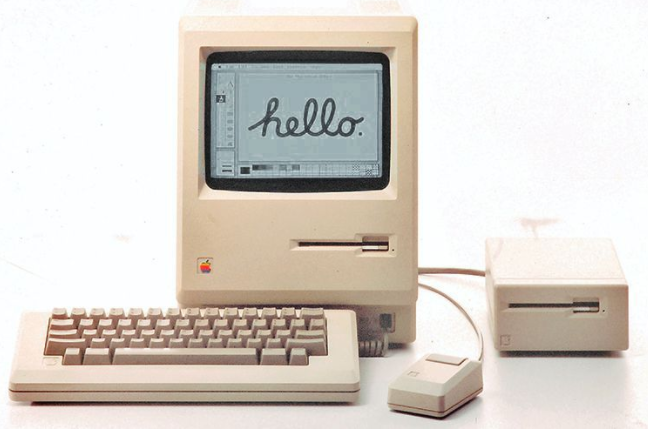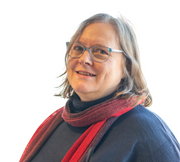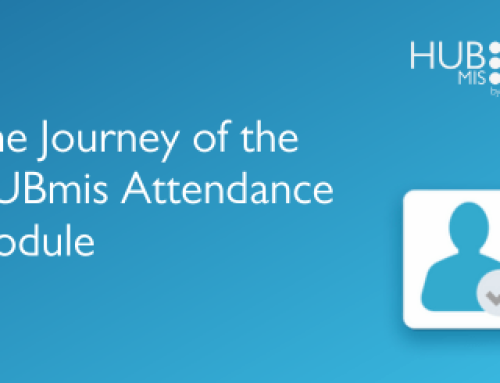Whilst developer numbers have grown and diversified to create sophisticated software suites much of the hardware used to build and maintain has now dissipated into the clouds!
One of our female colleagues has spent almost all her working life in development and she’s agreed to take us on the journey of how it all started – revealing some interesting points along the way.
Christina Brown, Software Development Manager
The WCBS Marketing team has clearly spotted that I’m getting on in years (although they didn’t quite put it like that) when they asked if I’d put a few words together for this month’s blog, as the suggestion was to “maybe talk about the changes you’ve seen in IT” so before my memory succumbs to my advancing years 😉 here goes!
I’ve been in IT for almost all my working life; heading towards 40 years in software development, a lot’s changed but there are still some things that are pretty much the same as in the 1980s.
From the Lower 6th to English Teacher
My route into IT started when my A level Maths teacher was taking an evening “O” level in Computer Studies (similar to GCSEs for all you youngsters out there, but obvs so, so much harder!) and offered to teach the lower 6th (ok, year 12 – you get the picture, it was a very long time ago). Computers were the latest thing on the rich kids’ Christmas list with Clive Sinclair just releasing his ZX80 (this machine was tiny, the printer that went with it was the size of a Chip and PIN) and the rest of us wanted in. Out of a class of maybe 30 there were quite a few girls. With only a couple of machines between all of us and only one or two having a computer at home it wasn’t surprising that a fair number, including me, failed the course due to not completing the coursework but it did kick off my interest in all things software.

After a false start of heading off to university to become an English teacher and a couple of years in an Accounts & HR office I finally spotted an ad in the local paper for an Analyst Programmer/Systems Administrator at a research facility with the promise of No experience necessary, full training given and the opportunity to gain a fully funded HND in Computer Science, and that was the start.
Why the soldering iron and steps?
Day 1 involved a tour of the computer rooms and being assigned my own set of steps (hold that thought – we’re back to size) and soldering iron. I was to work as part of the grandly titled Computer Team (four men and two women, one of whom was part-time) who maintained the hardware (including making up machines and cables hence my own personal soldering iron – no cheap kit from Amazon back then) and created all of the software for a large team of research scientists.
The computing power, and being research we had more than most places, consisted of two massive servers, a PDP 11 and a VAX, each of which had its own room the size of a decent double bedroom. Being vertically challenged I needed my set of steps to allow me to lift the massive disk platters out of the huge PDP 11 and VAX machines for the Monday backups that took most of the day. We also had a couple of smaller machines but they weren’t really up to much – an IBM running MS-DOS and booting off a floppy disk, and the original Apple Mac (an uglier machine I’ve yet to see).

My HND course meant I got to see the cutting edge computer labs at Bristol Polytechnic (now UWE) where the researchers were working on RISC architecture and co-processors, incredibly exciting compared to what was back in the office, and the machines were tiny in comparison to our commercial servers! I was in a class of around 30 on the first day, all employed as programmers and being paid to study but within a couple of weeks quite a few had dropped out including 25% of the women (that left three of us) although everyone on the course said maybe a third of their colleagues were women.
Computers need their own space, too!
A couple of jobs further on and I was working on Management Information Systems for Further and Higher Education writing systems for Oracle databases and mainly using Oracle tools but with a bit of Visual Basic thrown in. The computer room, the size of a small double bedroom, now housed an ancient Prime, various HP Unix Servers and a variety of DEC machines all with Oracle databases – one of everything that our customers had. No Apple Macs this time but we did have PCs with Windows for Work Groups and terminal emulators.
When I joined, the software production team consisted of a dozen Analyst Programmers (we had three women in the programming team) and a Systems Analyst. We also had Database and System Administrator (a Tech Team) and Technical Authors with women represented in these areas along with Support Consultants who had a wide range of technical knowledge as well as knowing the software inside-out.
Do we really need a Tester?
Software systems whizzed out the door as colleges and universities were forced down the computerised records route by Local Authorities, Exam Boards and university application systems (PCAS and UCCA back then in the days when there were polys and universities). Software was starting to be tested beyond the programmer giving it a quick once-over and the role of Tester was becoming a thing (although most programmers couldn’t see it catching on).
Over the next 13 years I started to move from programming to analysis and then back to support programming (bug fixing to you). Making sure that the software was fit for purpose and easy to use had become far more interesting to me than writing code and there were a lot more career opportunities opening up that required this approach.
QA role at WCBS
In 2003 I joined WCBS with a remit of introducing a Quality Assurance process into our software production processes (the CEO at the time said “the role sits somewhere between Development and Support – be prepared to be hated by both!”)
Over the last 18 years I’ve worked as the solo Quality Assurance Analyst, as a Business Analyst, as part of a new Quality Assurance Team that introduced automated testing into the development process and in recent years as Development Manager and Quality Assurance Manager.
Workplaces diversify, so do the roles
Developer numbers have grown, hardware size has shrunk. Looking back at each job I’ve had, the ratio of men to women programmers has grown. I’m now working with the largest Development Team of my career but the smallest number of women programmers. Initially I wondered what had gone wrong to cause women to move away from programming as I didn’t interview a single woman for my last developer vacancy. Had the women who came after those who headed up computing over the past couple of centuries from Ada Lovelace through to the Bletchley Park team all disappeared?
But then it struck me. Software development’s no longer just about being a programmer: yes we have a large team of developers and yes we have women in that team but we also have UI/UX Designers, Technical Architects, Quality Assurance Analysts, Business Analysts, Product Managers etc. Maybe it’s not as simple as there being less women in software production but more that there’s a vast variety of roles that just didn’t exist in the 80s.
It’s not just about programmers
As the size of the hardware’s changed (and in some cases vanished from our office space entirely due to cloud systems) the variety of roles available to those interested in software production has changed. It’s not just about the programmers anymore, it’s about those who identify what software is needed to make a user’s life easier, it’s about those who design the look of the software to ensure it’s something that people want to use and about those who work hand-in-hand with the programmers to ensure the quality of the software is as good as it can possibly be. Yes, software now takes longer to be produced with far more layers than back in the 80s but it’s now something that people want to use rather than have to get used to using.
One of the programmers in my team once described software testing as having a guardian angel there to make sure he didn’t produce any problems. Well, he didn’t quite put it that way but I don’t think we’d publish what he did say! I quite like being a guardian angel and if that had come up in Careers Lessons at school I think I’d have headed down that path immediately without taking the scenic route through programming and analysis!
At WCBS, one thing’s for sure: we’re not standing still. Our Development teams are constantly evolving, seeking innovative solutions to help our schools provide the best education they possibly can.
Christina has been a member of the WCBS team for more than 18 years. In her current role she ensures the Development Teams deliver high quality software for both our on-premise and cloud native product ranges, whilst still making sure she gets plenty of hands-on Test involvement in all of the products.



